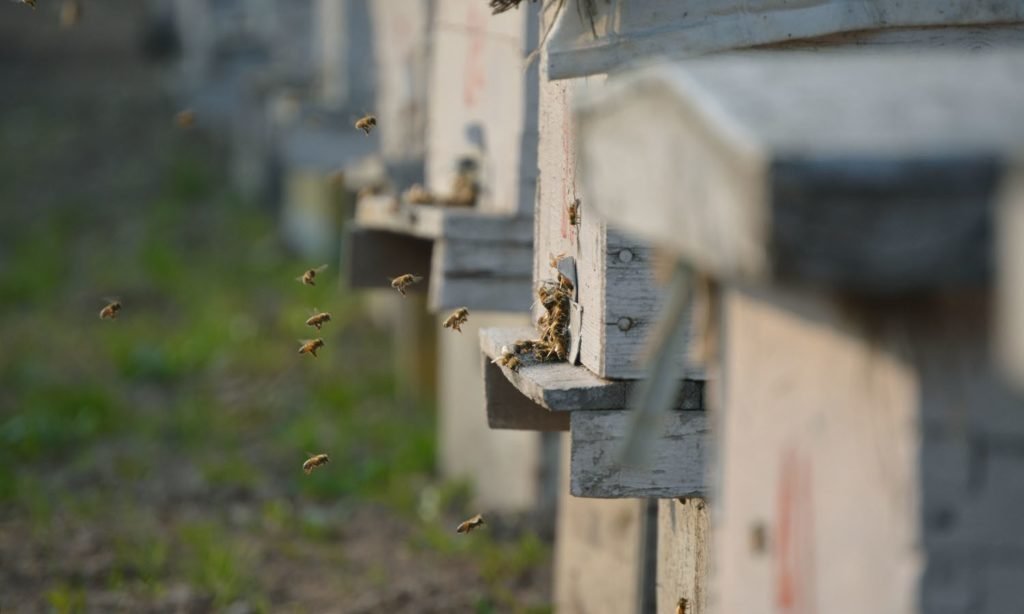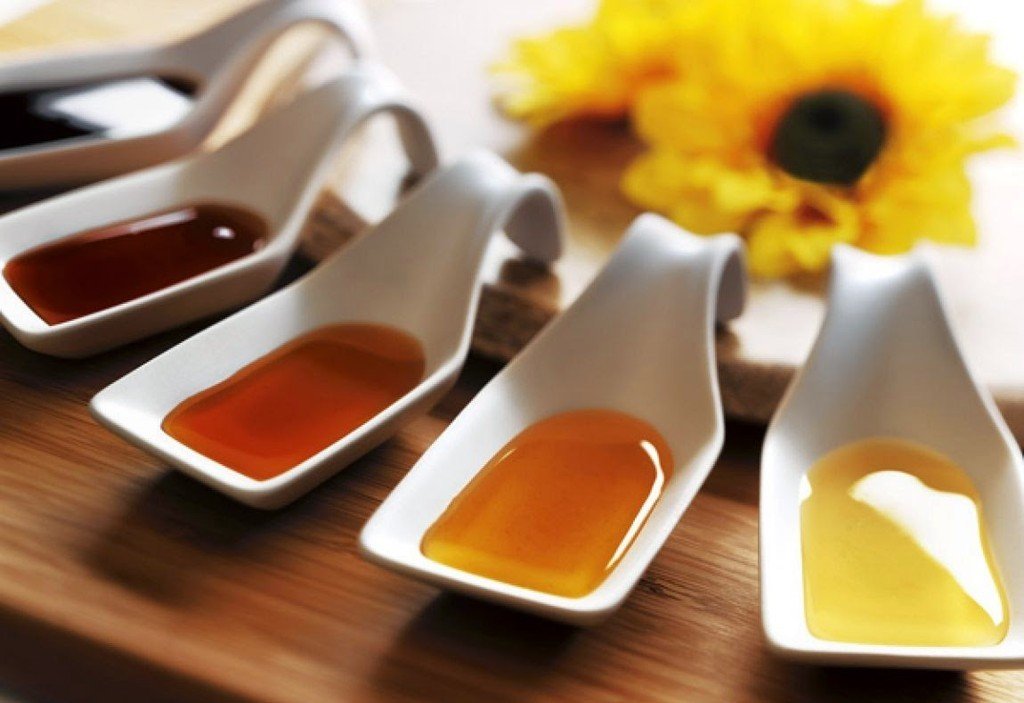Pakistan is truly blessed when it comes to climate and land, as many things can be grown here due to the favorable conditions. This is why honey can be produced in vast numbers. However, previous governments have neglected the potential the honey market has. Later in 2016, honey production was initiated in Changa Manga, and production increased by 70% due to thousands of trees planted – all thanks to the billion tree project initiated by Imran Khan.
Species of Honeybees present in Pakistan:
Four species are currently found in Pakistan of honeybees present in different ecological areas of the country, namely Domna, Pahari, Small, and European. Out of the four, three are indigenous, and the remaining one is imported and installed in Pakistan. The indigenous species are Apis dorsata, Apis cerana, and Apis florea. The western species is Apis mellifera.

PC: Izhar Ullah
Kinds of Honey in Pakistan
Pakistan is known for producing some of the world’s finest and sweetest honey. The kinds of honey that are produced in abundance are known as Acacia Modesta, Acacia Nilotika, Acacia Nilotika, Peach Blossom, Sidr (Beri), Robinia (from Black Locust Tree), Orega (sperkai), Jujube (bair), and Juniper Forest honey. All come with different tastes and colors while having specific benefits.

Let’s have a look at the kinds of honey and their benefits listed below:
1. Acacia Modesta (Phulai tree):
This kind of honey is extracted from the Acacia Modesta (palusa), located in the valley of Swat. It has antibacterial and anti-fungal properties and is the ideal anti-oxidant.
2. Acacia Nilotika (Babul):
This kind of honey comes from the Acacia Nilotika (kikar). It’s antibacterial and antioxidant properties may help speed wound healing and prevent bacterial contamination/infection. Acacia Nilotika comes from both Sindh and Punjab.
3. Sidr:
It comes from bees that consume nectar from the Sidr tree, which has been historically considered holy and has been used often in medicine and health. Sidr honey is famous because of its impeccable taste and its health benefits as natural medicine. Usually comes from Khayber Pakhtoon Khuwa.
4. Robinia:
Robinia Honey is the rarest and unique delicacy from the valleys of the Gilgit-Baltistan region, specifically from the Ghizer Valley. This kind of honey is produced from Robina flowers during the flowering season, making it rare and unique. These flowers are scattered through certain areas in the Ghizer Valley of Gilgit-Baltistan.
5. Juniper Forest honey:
The juniper forests are the largest and oldest in the world in Ziarat, Balochistan. The juniper forest honey comes from this area’s wild juniper flowers. It is usually recommended to improve the sleeping cycle, respiratory disorders, blood circulation, and relaxant for the nerves.
7. Peach Blossom: (shaftalo)
Peach blossom honey comes from Peshawar and contains compounds that can dilate blood vessels, clear the context, moisturize the skin, and promote blood circulation.
8. Jujube:
Jujube honey (Bair) is favored for export. It brings over millions of dollars to state revenue through exports. In Pakistan, jujube honey comes from Hyderabad, Khairpur, Multan, Sargodha, Lahore districts, and Sindh.
A tweet shared by PTI’s official account announced Billion Tree Tsunami Honey Project:
After the International recognition of PM Imran Khan’s Billion Tree Tsunami project as a model for global leaders, PM has initiated the Billion Tree Tsunami Honey Project under the umbrella of the Ministry of Climate Change.
Here are the kinds of honey Pakistan is looking forward to producing under the Billion Tree Honey Project
Under the project, Pakistan will produce Berry, Cactus, Phalai, Russian Oak, and Robina Honey. This honey will then be exported to different countries that will give a trade surplus of approximately 40 billion. Besides, the project will also create job opportunities and hence increase the per capita income of Pakistan.
Malik Amin Aslam, Special Assistant to Prime Minister on Climate Change, said 70,000 metric tonnes of honey could be produced annually under the Billion Tree Honey program.
Have something to add? Which honey do you prefer? Let us know in the comment section below.
For more news and updates, stay tuned to Wow 360.
